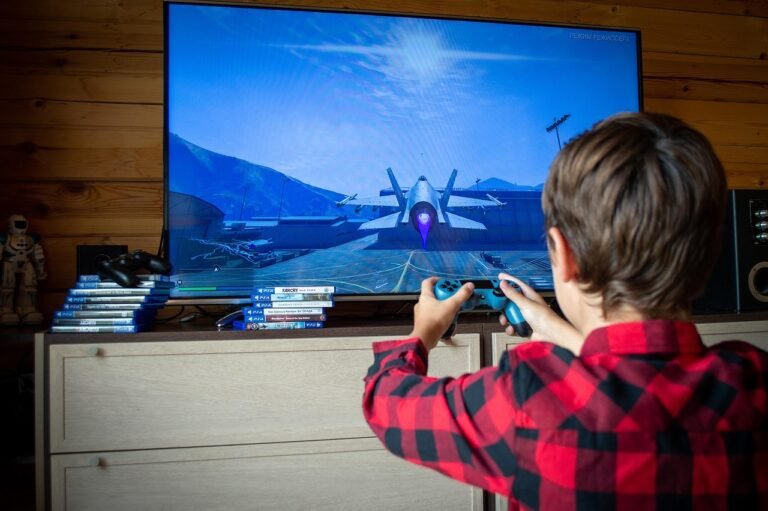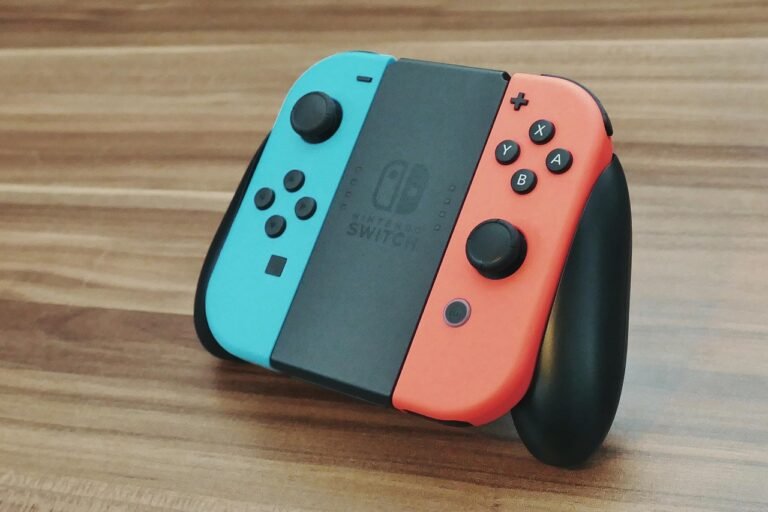From Panels to Play: Crafting the Ultimate Jujutsu Kaisen Game Experience
Imagine controlling Yuji Itadori’s raw power, making split-second decisions between unleashing Sukuna or risking everything on your strength. The intricate world of cursed techniques and domain expansions from the JJK Japanese manga holds untapped potential as an interactive experience.
What would it feel like to manipulate cursed energy with your fingertips? How would you navigate the moral complexity of JJK’s universe when the choices become yours? Whether through console releases or Mac games download options, the translation from manga to game presents fascinating design questions that go beyond simple adaptation.
This exploration examines how developers could transform JJK’s unique power systems, character growth, and narrative depth into a game that captures everything fans love about the series.
Cursed Energy as a Dynamic Game Resource
The metaphysical system of Jujutsu Kaisen creates natural gameplay opportunities through its cursed energy concept. In a well-designed adaptation, your negative energy meter would constantly fluctuate based on:
- Combat actions are draining resources
- Emotional narrative choices triggering energy surges
- Environmental factors affecting regeneration rates
- Risk-reward decisions about energy conservation
Higher-tier sorcerers would naturally possess larger energy pools, but this advantage comes with a critical drawback. Accumulated power acts as a beacon for cursed spirits, transforming every location into a potential battleground. This creates a fascinating risk-reward dynamic where players must constantly weigh the benefits of stockpiling energy against the increasing threat of detection.
Strategic use of cursed objects and tools becomes essential for masking energy signatures during stealth missions, while controlled energy releases might serve as tactical diversions to redirect enemy attention.
The most powerful techniques would carry meaningful costs. Domain Expansions might temporarily deplete your entire energy reserve, while Black Flash combos could trigger unpredictable side effects on both enemies and the surroundings.
“The game needs to capture how cursed energy isn’t just a mana bar, it’s a volatile force that becomes dangerous when mismanaged,” notes game designer Akira Yamamoto. “Players should feel both powerful and vulnerable when channeling it.”
Character Progression Through Adversity
JJK’s emphasis on growth through hardship translates perfectly to game progression systems. Rather than generic skill trees, a faithful adaptation would offer distinct development paths:
- Energy Manipulation – Master barrier techniques and work toward Domain Expansion
- Summoning Arts – Develop Megumi-inspired shikigami with complementary abilities
- Weapon Mastery – Enhance cursed tools for non-sorcerer combat routes
- Personality Alignment – Shape your character through Honor-Ambition decisions
Your character’s trauma would unlock special abilities, reflecting the manga’s principle that true power emerges from confronting personal darkness. Decision points throughout the story could permanently alter your progression options:
“Your first encounter with Special Grade threats permanently shapes your character’s development. Will you embrace calculated risk like Gojo, focus on technique refinement like Nanami, or develop adaptability like Yuji?”
Character interactions would deepen the narrative complexity, mirroring how character relationships enrich the storytelling in the source material.
Narrative Balance: Honoring Complexity Without Overwhelming Players
Adapting the JJK Japanese manga storytelling presents significant challenges. The Culling Game arc demonstrates this perfectly; its fragmented battles and expanding character roster could easily become unwieldy in-game form.
A successful adaptation requires structure that maintains narrative cohesion while supporting player freedom:
- District-based mission progression to organize objectives clearly
- Side stories that flesh out secondary characters without derailing momentum
- Procedurally generated territories for exploration between story beats
- Memory fragments revealing the backstory without interrupting gameplay flow
With the manga concluding soon, developers have the advantage of working with a complete narrative arc, allowing for cohesive game planning from start to finish.
“The challenge isn’t fitting everything in,” explains narrative designer Maya Chen. “It’s knowing what to transform into gameplay versus what works better as cinematic storytelling. Some moments deserve to be played, others witnessed.”
Multiplayer That Reflects JJK’s Unpredictable Alliances
The social dynamics of Jujutsu Kaisen, with its fragile alliances, faction tensions, and power imbalances, provide a rich foundation for multiplayer gameplay. A faithful implementation would feature:
- Temporary team formations that can dissolve mid-mission
- Friendly fire mechanics reflecting the danger of wide-area techniques
- Territory control systems mirroring the series’ jujutsu politics
- Role-based team compositions encourage strategic coordination
To address skill disparities while maintaining authentic challenge, the environment would incorporate natural balancing elements:
- Community zones match players of similar abilities
- Environmental hazards that counter elite player dominance
- Reputation systems with consequences for disruptive behavior
- Team synergy bonuses reward coordination over individual power
The multiplayer experience would create natural tension between cooperation and competition through exclusive rewards that vanish once claimed, much like the precarious relationships in the source material. Players might even experience curse-influenced behavior that temporarily affects their abilities and relationships with other players.
Visual Identity: From Manga Page to Interactive World
Gege Akutami’s distinct visual style requires thoughtful translation into a 3D interactive space. Bringing the JJK Japanese manga aesthetic to life, a successful adaptation would:
- Maintain iconic character identifiers like Sukuna’s cross-shaped pupils and Gojo’s blindfold
- Contrast normal Tokyo environments with distorted cursed realms
- Use color theory to distinguish cursed technique effects
- Develop a visual language for energy manipulation that feels authentic to the source
The audio design must similarly capture both the mundane and supernatural elements of JJK’s world:
- Sharp transitions between everyday sounds and cursed distortions
- Distinctive audio cues for specific techniques and domain expansions
- Voice acting that preserves the characters’ distinctive personalities
- Atmospheric sound design reflecting the manga’s tonal progression from lighthearted moments to darker themes
“The visual challenge is maintaining Akutami’s clean lines and character expressiveness while adding interactive depth,” notes art director Takeshi Shimizu. “We need players to instantly recognize silhouettes across crowded screens while preserving what makes each character iconic.”
Balancing Accessibility and Depth
The ultimate Jujutsu Kaisen game must walk a careful line, accessible enough for newcomers while providing the tactical depth hardcore fans expect. Like the manga itself, the game should welcome curious beginners while rewarding those who study its systems thoroughly.
By capturing the essence of what makes JJK special, its creative power system, character growth through adversity, and moral complexity, a game adaptation could offer fans a new way to experience the world they love, not just as observers but as active participants in its cursed reality.



